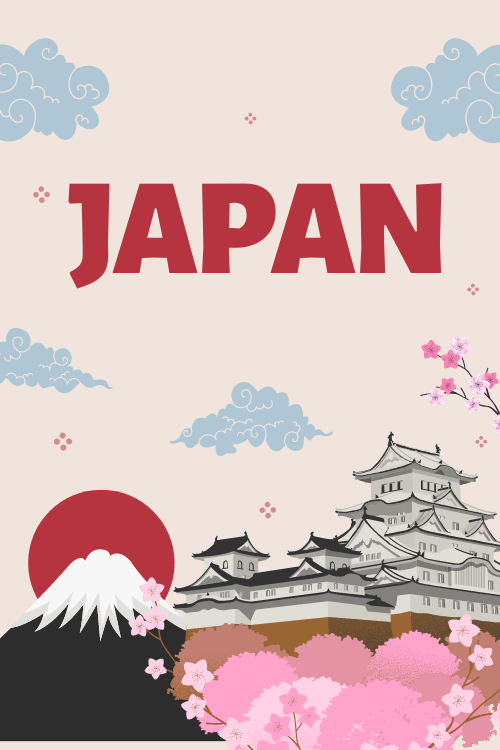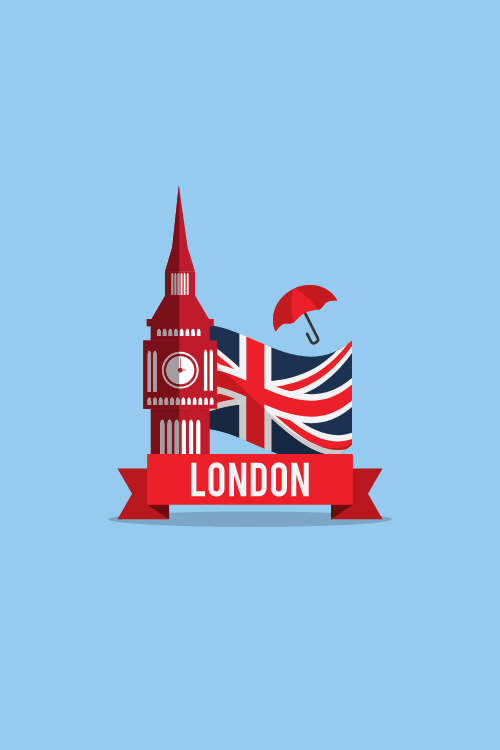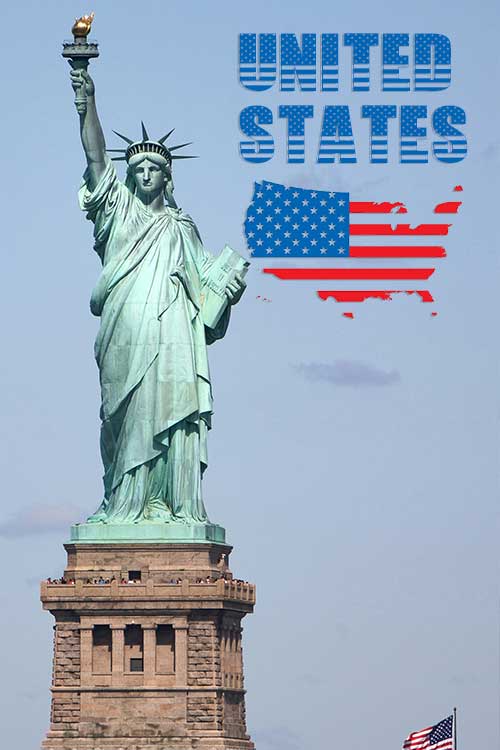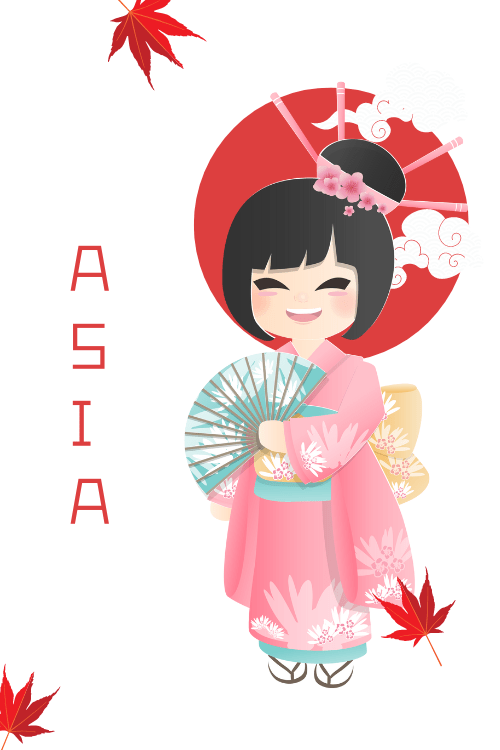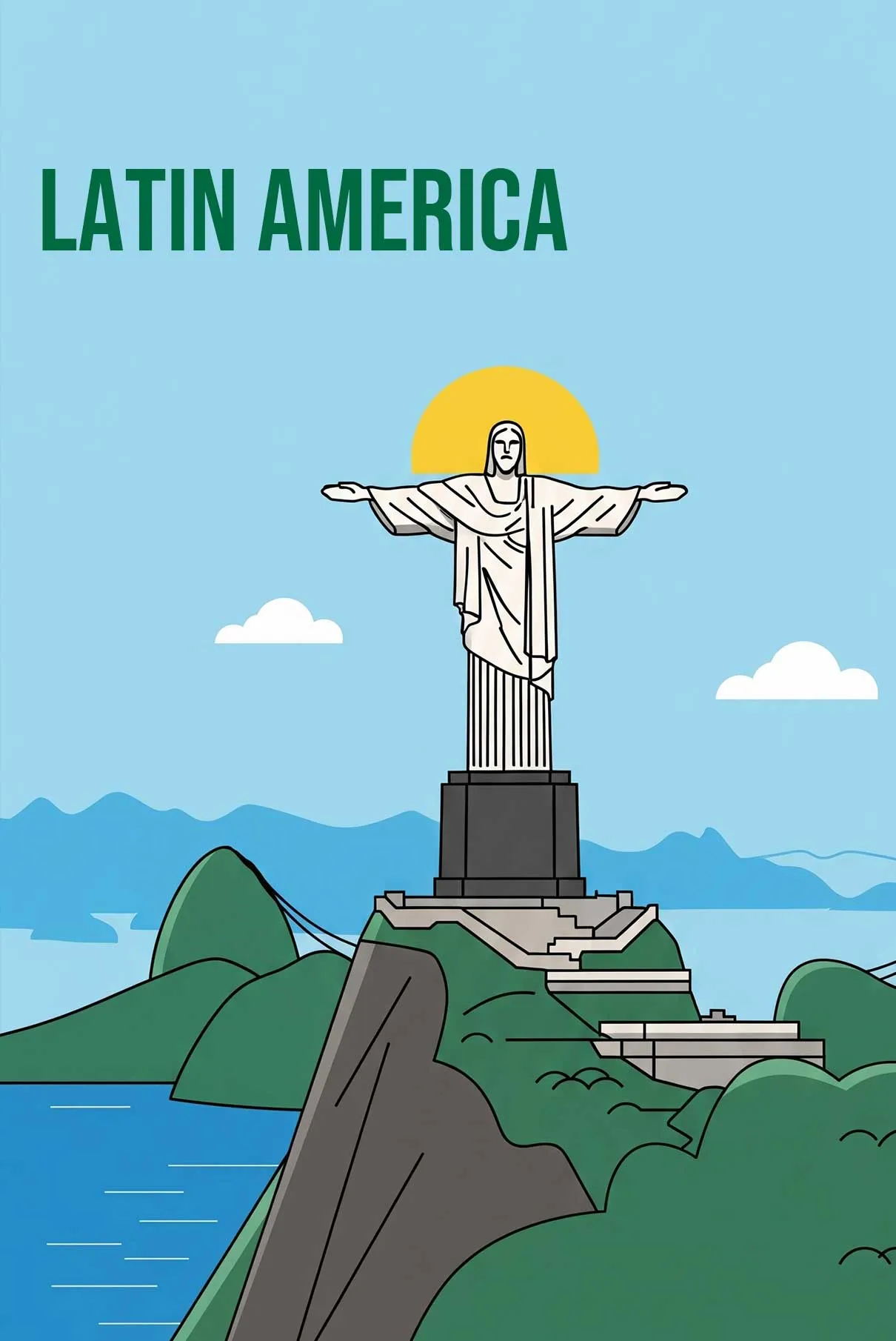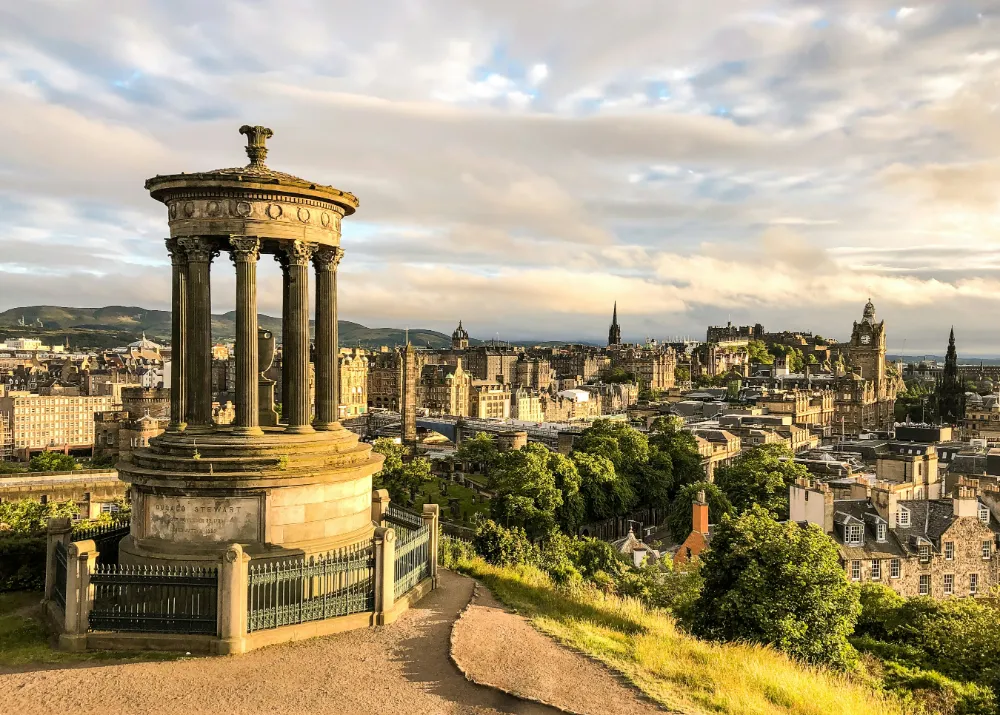eSIM Scotland
The Best Time to Visit Edinburgh (Weather, Festivals & Budget Tips)
Planning a trip to Edinburgh means choosing between world-class festivals, comfortable sightseeing weather, or budget-friendly travel periods.
The Scottish capital offers distinctly different experiences across the seasons, each with its own magic. Whether you’re dreaming of long summer evenings on the Royal Mile or cozy winter nights at Christmas markets with the backdrop of Edinburgh Castle, timing your visit makes all the difference.
This guide breaks down Edinburgh’s seasons to help you discover when to visit based on your priorities—whether that’s perfect weather, cultural events, or saving money on your Scottish adventure.
Find Your Perfect Holiday
Answer these questions to discover your ideal travel style!
Avoid Data Roaming Charges With Our Mobile Data Packs

Get your travel eSIM and enjoy seamless internet access wherever your adventure takes you.
Get Your eSIMSpring in Edinburgh (March – May)
Spring emerges as an excellent time to visit Edinburgh, offering a sweet spot between good weather and manageable crowds. As the city shakes off winter, you’ll find increasingly pleasant conditions perfect for exploring both indoors and outdoors.
The Prime Months: May’s Unbeatable Combination
May consistently ranks as one of the best times to visit Edinburgh for several compelling reasons. The city enjoys its driest period of the year, with rainfall significantly lower than other months. Temperatures hover comfortably between 10–15°C (50-59°F), ideal for sightseeing without the summer heat or winter chill.
What makes May particularly special is the combination of favorable weather, blooming gardens, and relatively thinner crowds compared to summer. The days grow noticeably longer, with daylight extending into the evening hours, giving you more time to explore the city’s attractions.
Many locals consider May the most pleasant weather-wise, as you’ll catch sunny days without the peak tourist numbers that flood the city during festival season. This makes it easier to visit popular sites like Edinburgh Castle or Arthur’s Seat without long queues.
Exploring Edinburgh’s Parks and Gardens
Spring transforms Edinburgh’s green spaces into vibrant showcases of color. The Royal Botanic Garden Edinburgh becomes a must-visit destination as its 70 acres burst into bloom with collections of rhododendrons, bluebells, and cherry blossoms.
Princes Street Gardens, nestled in the shadow of Edinburgh Castle, offer spectacular floral displays against the dramatic backdrop of the castle rock. The gardens provide perfect photo opportunities with carefully maintained flowerbeds and views of the city’s historic skyline.
For outdoor enthusiasts, late spring is ideal for climbing Arthur’s Seat, the ancient volcano that dominates Edinburgh’s skyline. The moderate temperatures make the ascent comfortable, and you’ll be rewarded with panoramic views of the city, the Firth of Forth, and beyond.
Navigating Shoulder Season Advantages
The spring shoulder season (particularly March and April) provides excellent value for money compared to summer visits. Accommodation rates haven’t yet reached their peak, and you’ll find good availability across hotels and guesthouses in both the Old Town and beyond.
Major attractions operate with normal hours but without the long queues that characterize summer visits. This means more time enjoying Edinburgh’s treasures and less time waiting in line. The weather, while occasionally unpredictable (as is typical for Scotland), generally improves steadily throughout the season.
By visiting in spring, you’ll experience Edinburgh coming to life after winter, with locals embracing outdoor cafés and restaurants, creating a lively but not overwhelming atmosphere throughout the city.
Summer Festival Season (June – August)
Summer transforms Edinburgh into the cultural capital of the world, particularly during August when the city hosts its legendary festival season. This period brings Edinburgh’s streets, theaters, and public spaces alive with performances, making it the most vibrant—if crowded—time to visit.
The Unmissable August Festival Experience
August in Edinburgh delivers an unparalleled cultural experience centered around multiple concurrent festivals. The Edinburgh Festival Fringe—the largest arts festival in the world—takes over the city with thousands of performances spanning comedy, theater, dance, and music. Alongside runs the prestigious Edinburgh International Festival, featuring world-class performances in classical music, theater, opera, and dance.
The Royal Edinburgh Military Tattoo provides unforgettable evenings of military pageantry, with performances set against the dramatic backdrop of Edinburgh Castle. The spectacle of hundreds of pipers, drummers, and performers on the castle esplanade creates memories that last a lifetime.
While August offers this extraordinary cultural feast, it also brings the year’s highest accommodation prices and largest crowds. The population of Edinburgh effectively doubles during this period, with the Royal Mile and surrounding areas becoming a constant flow of festival-goers, street performers, and tourists.
June and July: Long Days and Cultural Events
Early summer in Edinburgh offers distinct advantages for visitors seeking to enjoy the season without August’s intensity. June and July bring warmer temperatures (averaging 15-19°C or 59-66°F) and gloriously long days, with daylight stretching until nearly 11 pm around the summer solstice.
These extended daylight hours give you more time to explore outdoor attractions like Edinburgh Castle, climb Arthur’s Seat, or simply wander the atmospheric streets of the Old Town. The weather is typically at its most stable during this period, though being Scotland, rain showers remain a possibility.
Several notable events occur before the August festival crush. The Edinburgh International Film Festival in June showcases independent cinema from around the world, while the Edinburgh Jazz & Blues Festival in July brings world-class musicians to venues across the city.
Planning and Budgeting for Peak Season
If you’re set on experiencing Edinburgh during summer, especially August, planning ahead is essential. Accommodation should be booked months in advance, with prices often doubling or tripling compared to off-peak periods. Consider staying slightly outside the center or looking at apartment rentals for better value.
Festival tickets for popular shows sell out quickly, particularly for the Military Tattoo, which often requires booking 6-12 months ahead. However, the Fringe offers many free performances and last-minute ticket options through the Half Price Hut on the Mound.
To manage crowds, start your days early, book timed entry tickets for major attractions in advance, and consider exploring some of Edinburgh’s lesser-known sites. The summer weather allows for pleasant exploration of areas beyond the usual tourist hotspots.
Autumn’s Golden Season (September – October)
Autumn provides a perfect balance for visitors seeking to experience Edinburgh’s charm without the intensity of summer crowds. As the festival audiences depart, the city returns to a more relaxed pace while still offering plenty to see and do.
Ideal Conditions for Sightseeing and Photography
September and October offer some of the most ideal conditions for exploring Edinburgh’s historic sites. The mild temperatures (typically 9-15°C or 48-59°F) create comfortable conditions for walking the city’s hilly terrain and many stairs.
Photographers find autumn particularly rewarding as the city’s parks and gardens transform with golden and russet hues. The lower angle of sunlight creates a warm glow on Edinburgh’s sandstone buildings, enhancing the city’s already photogenic qualities.
This season is perfect for exploring attractions like the Royal Mile without jostling through crowds. You’ll have space to appreciate architectural details and historic sites at a leisurely pace. By late September, major attractions return to normal operations after the festival period, often with extended hours before winter schedules begin.
Managing Autumn Rainfall and Cloud Cover
Autumn in Edinburgh does bring increased chances of rainfall and cloud cover, particularly by mid-October. The weather becomes more changeable, with bright, crisp days interspersed with misty mornings and occasional rainy periods.
Packing layers and waterproof outerwear is essential. An umbrella, waterproof jacket, and good walking shoes will ensure you remain comfortable regardless of conditions. The advantage is that Edinburgh’s museums, galleries, and historic buildings offer excellent shelter during wet weather, allowing you to adjust your itinerary accordingly.
Many visitors find that the atmospheric conditions—mist rising around Edinburgh Castle or moody skies over Arthur’s Seat—add to the city’s mysterious charm and create memorable experiences that bright summer days can’t match.
Enjoying Reduced Crowds and Lower Prices
After the August peak, Edinburgh experiences a noticeable drop in tourism, creating a more authentic atmosphere. By late September and throughout October, you’ll find significantly shorter lines at major attractions like Edinburgh Castle and the Royal Yacht Britannia.
Accommodation prices decrease considerably from their summer highs, with good deals available even at centrally located hotels. Restaurants that required reservations weeks in advance during summer often have same-day availability, allowing for more spontaneous dining experiences.
This period also lets you interact more with locals, who reclaim their city after the festival season. Pubs and cafés return to a more relaxed pace, creating opportunities for genuine conversations and insider recommendations you might miss during busier periods.
Winter Charm and Celebrations (November – February)
Winter transforms Edinburgh into a magical destination, particularly around the festive season. While it’s the coldest time of year, it offers unique experiences and the best value for budget-conscious travelers.
December’s Festive Magic: Christmas and Hogmanay
Edinburgh embraces the festive season with enthusiasm, creating a winter wonderland centered around Princes Street Gardens. The Edinburgh Christmas Market fills the air with the scent of mulled wine and offers everything from local crafts to European treats against the stunning backdrop of Edinburgh Castle.
The real highlight comes at the end of December with Hogmanay, Scotland’s legendary New Year celebration. Edinburgh hosts one of the world’s largest New Year’s parties, featuring a spectacular torchlight procession, street parties, concerts, and midnight fireworks that illuminate the castle. The three-day celebration showcases Scottish tradition and hospitality at its finest.
During December, the city glows with decorative lights, and venues like the Dome on George Street become Instagram-famous for their lavish Christmas decorations. Despite the cold, the festive atmosphere creates a warmth that draws visitors from around the world.
January and February: The Budget Traveler’s Secret
After the Hogmanay celebrations, Edinburgh enters its quietest period, creating perfect conditions for budget travel. January and February offer the year’s lowest accommodation rates, with many hotels reducing prices by 50% or more compared to summer. This makes luxury stays at historic properties surprisingly affordable.
These months see the fewest tourists, meaning you’ll often have major attractions like the National Museum of Scotland or the Scottish National Gallery almost to yourself. While the weather is coldest (averaging 1-7°C or 34-45°F), the lack of crowds more than compensates for those prepared for winter conditions.
This period is ideal for immersing yourself in Edinburgh’s cozy pub culture. Historic establishments with roaring fires welcome visitors looking to escape the chill with a dram of whisky or local ale. It’s during these quiet winter months that you can experience the authentic Edinburgh beloved by locals.
Preparing for Scottish Winter Conditions
Winter visits require appropriate planning for Scotland’s climate. Daylight hours are limited (with darkness falling by 4 pm in December and January), so organize sightseeing efficiently during daylight. Many attractions adjust their opening hours accordingly.
The wind can make temperatures feel colder than they actually are, particularly in exposed areas like the castle esplanade or Arthur’s Seat. Layering is essential—a waterproof outer layer, warm mid-layers, hat, gloves, and scarf should be in every winter visitor’s suitcase.
While snow is relatively rare in Edinburgh itself, frosty mornings create beautiful scenes across the city’s parks and gardens. Occasional snowfall transforms Edinburgh into a winter postcard, particularly beautiful against the medieval architecture of the Old Town.
Choosing Your Perfect Time to Visit Edinburgh
The best time to visit Edinburgh ultimately depends on your priorities:
- For festivals and cultural experiences: August is unmatched, despite the crowds and costs. For a balance of events with fewer people, try June or early July.
- For the best sightseeing weather: May and June offer the most favorable conditions, with long days and relatively dry weather.
- For value and fewer crowds: September-October and April-May provide excellent shoulder season experiences.
- For budget travel: January and February deliver the lowest prices, while November offers good value with Christmas festivities beginning.
- For a magical atmosphere: December combines Christmas markets, festive decorations, and the world-famous Hogmanay celebrations.
Edinburgh rewards visitors in every season, each offering a different perspective on this historic city. Like Scotland as a whole, the best time to visit Scotland varies based on what experiences you’re seeking—from the summer’s endless light to the cozy charm of winter.
Whenever you choose to visit, Edinburgh’s timeless appeal ensures an unforgettable experience in one of Europe’s most characterful capitals.
